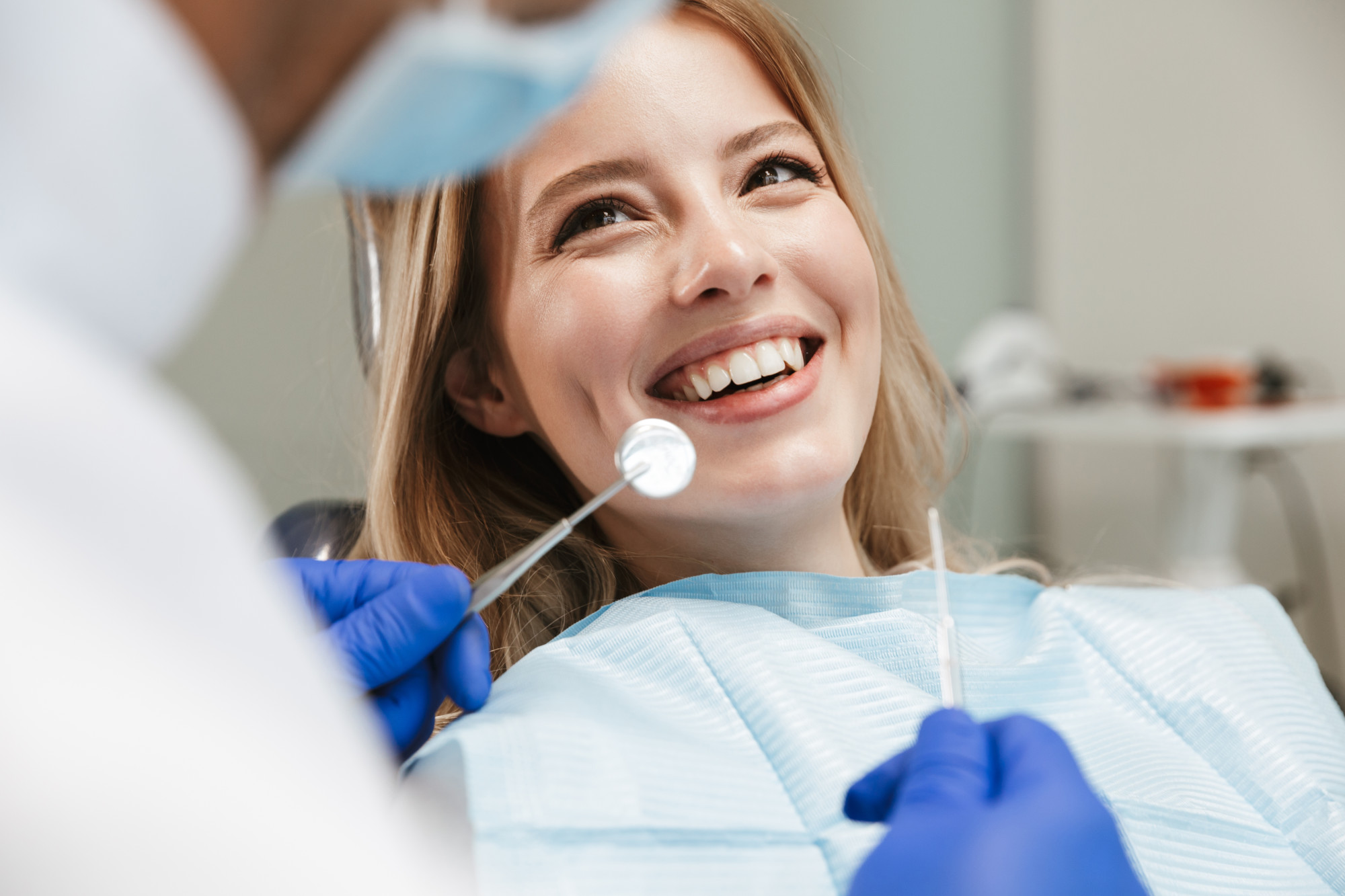Legacy Orthodontics for Beginners
Legacy Orthodontics for Beginners
Blog Article
More About Legacy Orthodontics
Table of ContentsNot known Facts About Legacy OrthodonticsWhat Does Legacy Orthodontics Do?The Best Guide To Legacy OrthodonticsIndicators on Legacy Orthodontics You Need To KnowRumored Buzz on Legacy Orthodontics
In addition, we provide adjustable therapy schedules, adaptable payment choices and a fun, enjoyable experience.An orthodontist is a dental professional educated to diagnose, protect against, and deal with teeth and jaw irregularities. Orthodontists function with people of all ages, from children to grownups.
Malocclusion, or misaligned teeth, can cause oral concerns, including dental caries, periodontal illness, and difficult or excruciating eating. But not everybody is born with straight teeth. If you have a bad bite or big rooms between your teeth, you might intend to get in touch with a dental practitioner focusing on orthodontic care.
The Only Guide to Legacy Orthodontics
( Image Credit Report: DigitalVision/Getty Images) Orthodontists make use of fixed and detachable oral tools, like dental braces, retainers, and bands, to alter the position of teeth in your mouth. Orthodontic therapy is for oral abnormalities, consisting of: Uneven teethBite issues, like an overbite or an underbiteCrowded teeth or teeth that are too far apartJaw misalignmentThe objective of orthodontic therapy is to enhance your bite.
A healthy bite guarantees you can consume, chew, and speak properly. While you might think of orthodontists as generally for kids or teenagers that require dental braces, they can fix oral problems at any kind of age. Orthodontists attend university, dental college, and orthodontic institution. After graduation, they spend 2 or 3 years in an orthodontic residency program.
, yet not all dentists are orthodontists. They focus on two areas: Exactly how to effectively and securely move teeth How to correctly direct growth in the teeth, jaw, and faceOnce an orthodontist has finished training, they have the option to end up being board licensed.
Excitement About Legacy Orthodontics
Malocclusion leads to tooth overcrowding, an askew jaw, or irregular bite patterns. Malocclusion is typically treated with: Your orthodontist attaches steel, ceramic, or plastic square bonds to your teeth.
If you have only minor malocclusion, you may have the ability to utilize clear braces, called aligners, as opposed to standard dental braces (https://urlscan.io/result/7d65dac9-0341-459e-8786-85beeca47567/). Some people need a headgear to assist move teeth into line with stress from outside the mouth. After braces or aligners, you'll require to wear a retainer. A retainer is a customized device that keeps your teeth in location.
They're most often home used on youngsters. They can develop added area in the mouth without having to draw teeth. If you have a significant underbite or overbite, you could need orthognathic surgery (additionally called orthodontic surgery) to extend or reduce your jaw. Orthodontists use cords, surgical screws, or plates to support your jaw bone.
You might require to see an orthodontist if you have: Crowding or not enough area for every one of your teethOverbite, when your top teeth come over your bottom teethUnderbite, when your base teeth are also far forwardSpacing or problems with gapsCrossbite, which is when your top teeth fit behind your bottom teeth when your mouth is closedOpen bite or an upright void in between your front bottom and top teethMisplaced midline, when the facility of your bottom and top teeth don't line up Correcting an oral malocclusion can: Make attacking, eating, and talking easierImprove the proportion of our face and your overall appearanceEase pain from temporomandibular joint problemsDifferent your teeth and make them simpler to cleanse, aiding protect against tooth degeneration or dental caries It's typically a dentist that first notices misaligned teeth throughout a routine examination.
What Does Legacy Orthodontics Do?

During your initial orthodontic examination, you'll likely have: An oral examPhotos taken of your face and smileDental X-raysPanoramic (360 degree) X-rays of your face and headImpressions to develop mold and mildews of your teethThese tests will assist your orthodontist recognize just how to proceed with your therapy. leesburg orthodontics. An orthodontist is a dental expert who's had training to treat your teeth and jaw
Orthodontists may do surgical treatment, exams,X-rays,and even more to aid you acquire a more comfortable, healthier smile. An orthodontist is concentrated on your bite, so something like a broken tooth would be dealt with by a dental professional. Orthodontists are dentists however not all dental professionals are orthodontists. Orthodontists are concentrated on your bite, or the way your teeth fit together, and the straightness of your teeth.
Ever before wondered exactly how celebrities always appear to have flawlessly lined up teeth? The solution usually hinges on the experienced hands of an orthodontist. What exactly does an orthodontist do? Orthodontists are dental professionals who concentrate on remedying abnormalities in the teeth and jaws. Their experience surpasses just developing a lovely smile; it expands to enhancing your total oral health and feature.
See This Report on Legacy Orthodontics

While dental braces are the most commonly identified orthodontic therapy, orthodontists have a varied toolkit at their disposal. The certain technique picked relies on the seriousness of the situation, the patient's age, and private preferences. These tried-and-true braces use a system of braces bound to the teeth and linked by wires.
Clear aligners, like Invisalign, are a prominent alternative for individuals looking for a much more very discreet treatment option. These detachable trays are personalized to gradually move the teeth's setting. Headgear might be utilized in combination with dental braces or aligners to use additional targeted forces, specifically for correcting jaw disparities. In situations of slim jaws, palatal expanders can be used to produce space for proper tooth positioning.
Report this page